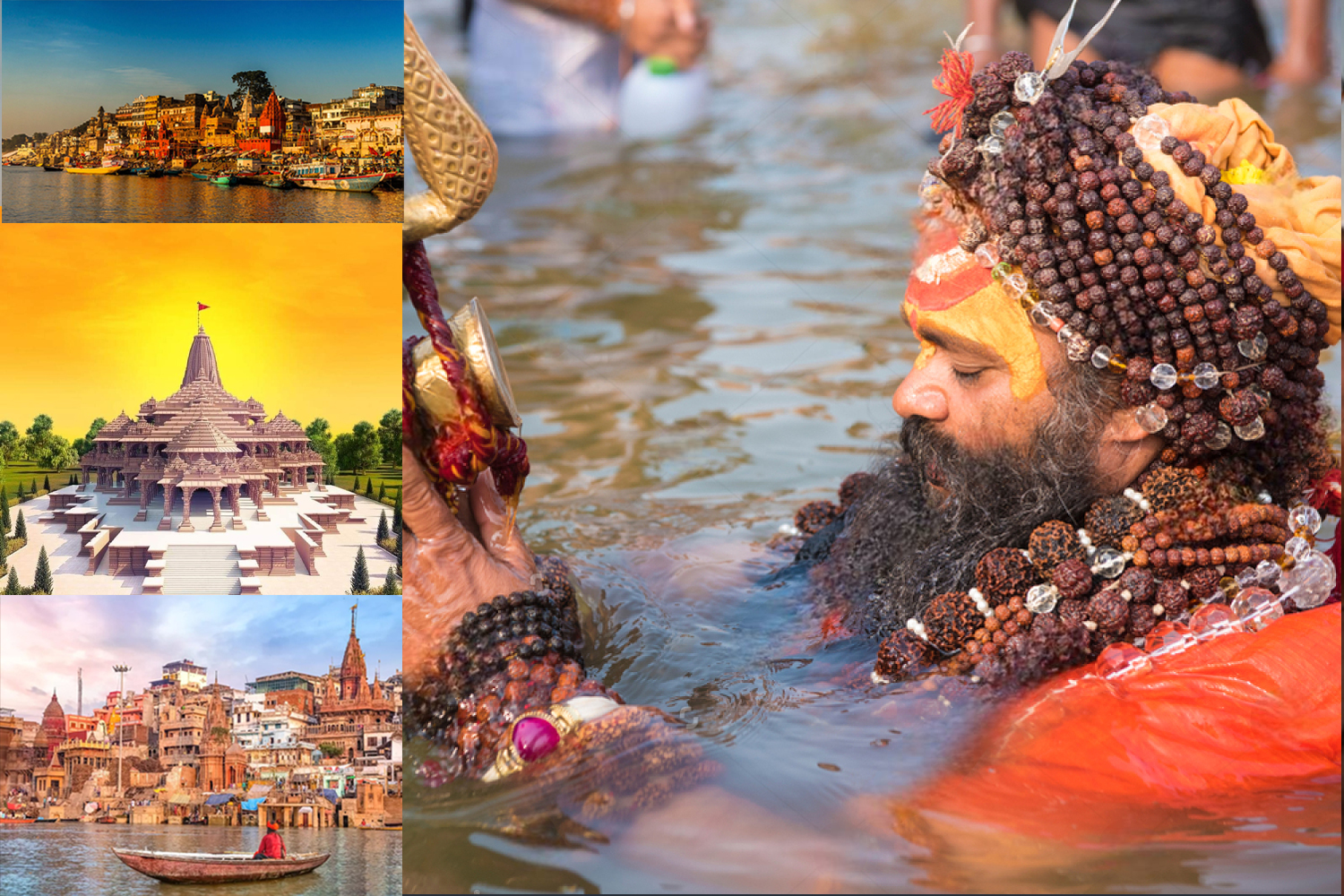
Since the commencement of the Maha Kumbh, over 180 million devotees have visited the Kashi Vishwanath Temple in Varanasi within a span of 34 days. The temple administration anticipates that this number will surpass 200 million by Mahashivratri on February 26. Similarly, the Maa Vindhyavasini Temple in Mirzapur has welcomed approximately 125 million devotees during the same period. The Uttar Pradesh government's initiative to promote the Kashi-Vindhyachal-Prayagraj-Ayodhya religious circuit has significantly contributed to this surge in pilgrim traffic.
The narrow lanes of Varanasi are struggling to accommodate the continuous flow of pilgrims, leading to severe traffic congestion and prompting authorities to suspend the famed Ganga Aarti until February 26. Educational institutions have shifted to online modes, and boat operations on the Ganges have been restricted post 6 PM to manage the crowds. In Ayodhya, similar challenges are evident as large numbers of devotees arrive after participating in the Maha Kumbh rituals.
The Maha Kumbh Mela, which commenced on January 13, has already attracted over 550 million pilgrims to Prayagraj over the past four weeks. The festival is slated to conclude on February 26, coinciding with Mahashivratri. Despite the logistical challenges posed by the massive gatherings, authorities are implementing measures to ensure the safety and well-being of both residents and visitors.
However, the festival has not been without tragedy. On January 29, a crowd crush during the Amrit Snan on Mauni Amavasya in Prayagraj resulted in at least 30 fatalities and numerous injuries. The incident occurred when a barrier broke, leading to a surge as devotees rushed to bathe at the confluence of the Ganges, Yamuna, and Saraswati rivers. In the aftermath, belongings were strewn across the area, and the chaotic scenes underscored the challenges of managing such vast crowds.
Further compounding the situation, a stampede at New Delhi railway station on February 16 claimed the lives of at least 18 individuals, including five children. The tragedy unfolded as thousands awaited trains bound for the Maha Kumbh festival, leading to overcrowding on the platforms. An announcement regarding a platform change reportedly caused confusion, triggering the fatal rush. Prime Minister Narendra Modi expressed his distress over the incident and extended condolences to the victims' families.
In response to these incidents, authorities have intensified safety protocols and crowd management strategies. Enhanced security measures, including the deployment of additional personnel and the installation of AI-powered cameras, aim to monitor and control the massive gatherings more effectively. Despite these efforts, the sheer volume of pilgrims continues to pose significant challenges to infrastructure and public safety.
